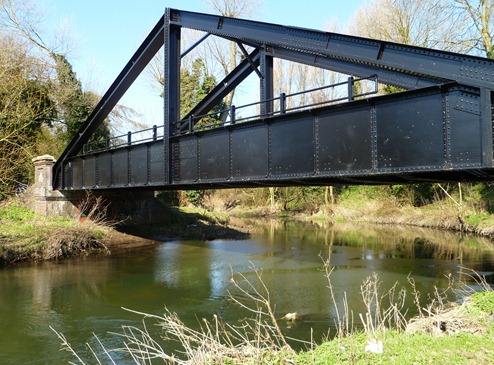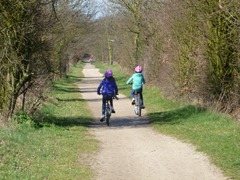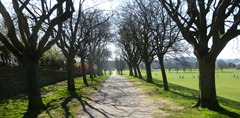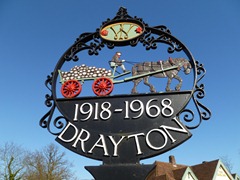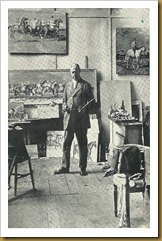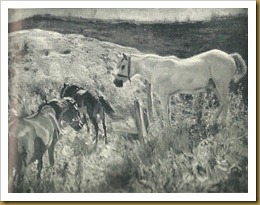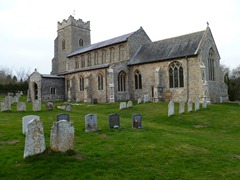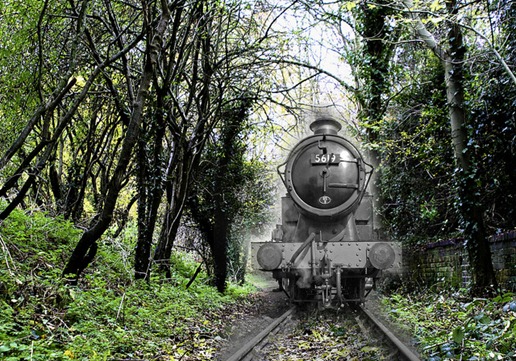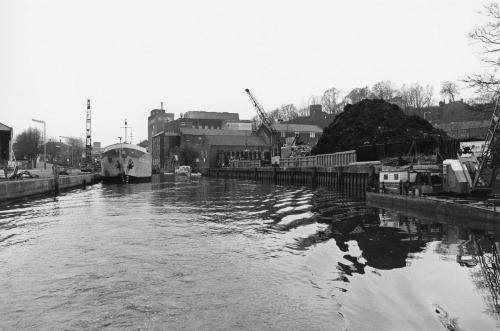HAPPY as I am living in Loddon, I felt a slight pang of envy for those who live in the north western suburbs of Norwich today. The reason? Marriotts Way, a car-free highway which takes two-wheeled residents into the heart of Norwich without as much as a whiff of exhaust fumes. Is there any excuse for driving into the city from these parts? Marriott’s Way does the job with so little fuss, criss-crossing the Wensum by way of functional but charming old railway bridges (pictured) as it does so. And today everyone was at it. Dogs were walked, families dawdled and serious bikers whizzed through shouting a friendly “sorry” or “thank you” in their wake. Even a Brimstone got in on the act, providing me with my first butterfly of the year. Aided by eight and nine year old researchers, I started at Sloughbottom Park, where the swings and the BMX track delayed us for ages. Complete with a picnic in Hellesdon, we took a magnificent three hours to do less than four miles up to Drayton. And book-wise what did I learn?
1) You can’t undersell Marriott’s Way. This much traffic could mean a lot of sales so I need to “big up” both the path and the railway which preceded it.
2) Bayer Crop Science dominates the landscape almost as much as the Cantley Sugar Works does down on the Yare. I need facts on what it makes and how many it employs.
3) Sloughbottom Park probably needs a mention. Was it one of those parks which was created during the 1930s by Colonel someone-or-other. It’s back to the library on that one.
4) Where does this book start? Is the first chapter Drayton or Taverham ..or some sort of combination of both. If it’s Taverham and Drayton, am I in danger of exceeding my 40,000 word budget?
Your thoughts as ever…..
* Of course Marriotts Way has a flickr fan club. See their shots here.
